-
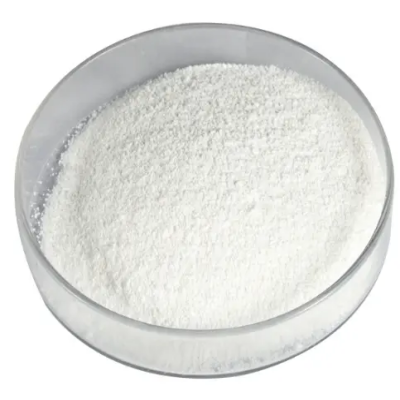
H-Gly-OBut·HCL CAS:27532-96-3
H-Gly-OBut·HCl is a derivative of glycine featuring a butyl ester group, commonly used in peptide synthesis and biochemical research. This compound offers unique properties for applications in drug development, proteomics, and the study of protein structure and function. With its tailored structure, H-Gly-OBut·HCl provides researchers with a versatile tool for creating customized peptides and investigating complex biological processes.
-

4-BROMOBENZENESULFONICACIDMONOHYDRATE CAS:138-36-3
4-Bromobenzenesulfonic acid monohydrate is a chemical compound with the molecular formula C6H5BrO3S·H2O. It is a white to off-white crystalline solid that is soluble in water and organic solvents. This compound is commonly used as a reagent in organic synthesis, particularly in the production of pharmaceuticals, dyes, and specialty chemicals. Its hydrate form ensures stability and ease of handling in various applications.
-
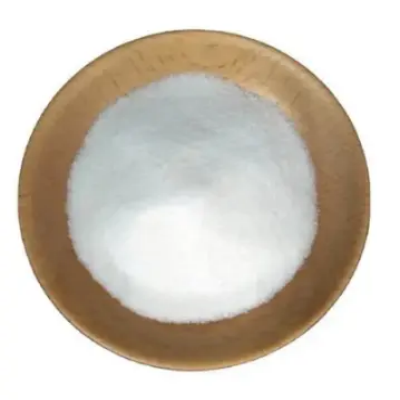
Bz-His-OH CAS:5354-94-9
Bz-His-OH is a derivative of histidine containing a benzyl (Bz) protecting group, commonly used in peptide synthesis and biochemical research. This compound offers unique properties for applications in drug development, proteomics, and the study of protein structure and function. With its tailored structure, Bz-His-OH provides researchers with a versatile tool for creating customized peptides and investigating complex biological processes.
-

H-Glu-(OBut)-OMe CAS: 6234-01-1.
H-Glu-(OBut)-OMe is a modified form of glutamic acid designed for applications in peptide synthesis and biochemical research. This derivative features a butyl ester group and a methyl ester group, providing unique properties for studies in drug development, proteomics, and protein structure and function analysis. With its tailored structure, H-Glu-(OBut)-OMe offers researchers a versatile tool for creating peptides with specific characteristics and investigating complex biological processes.
-
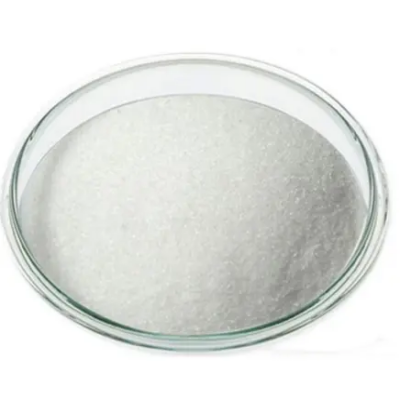
Tos-Gly-OSu CAS:68385-26-2
Tos-Gly-OSu is a derivative of glycine featuring a tosyl (Tos) group and N-hydroxysuccinimide (NHS), commonly used in peptide synthesis and biochemical research. This compound offers unique properties for applications in drug development, proteomics, and the study of protein structure and function. With its tailored structure, Tos-Gly-OSu provides researchers with a versatile tool for creating customized peptides and investigating complex biological processes.
-

H-Gly-OMe·HCL CAS:5680-79-5
H-Gly-OMe·HCl is a derivative of glycine featuring a methyl ester group, commonly used in peptide synthesis and biochemical research. This compound offers unique properties for applications in drug development, proteomics, and the study of protein structure and function. With its tailored structure, H-Gly-OMe·HCl provides researchers with a versatile tool for creating customized peptides and investigating complex biological processes.
-
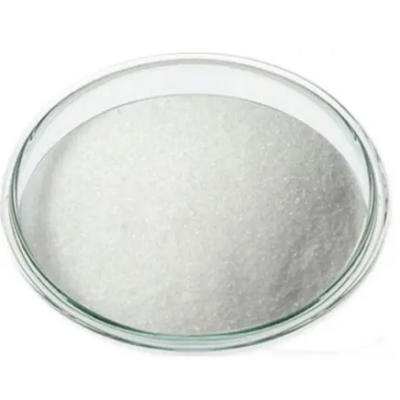
H-Glu(OBut)-OBut-HCL CAS:32677-01-3
H-Glu(OBut)-OBut·HCl is a modified form of glutamic acid designed for applications in peptide synthesis and biochemical research. This derivative features butyl ester groups and is available in the hydrochloride form, providing unique properties for studies in drug development, proteomics, and protein structure and function analysis. With its tailored structure, H-Glu(OBut)-OBut·HCl offers researchers a versatile tool for creating peptides with specific characteristics and investigating complex biological processes.
-

Bz-His-OMe CAS:3005-62-7
Bz-His-OMe is a derivative of histidine featuring a benzyl (Bz) protecting group and a methyl ester moiety, commonly used in peptide synthesis and biochemical research. This compound offers unique properties for applications in drug development, proteomics, and the study of protein structure and function. With its tailored structure, Bz-His-OMe provides researchers with a versatile tool for creating customized peptides and investigating complex biological processes.
-
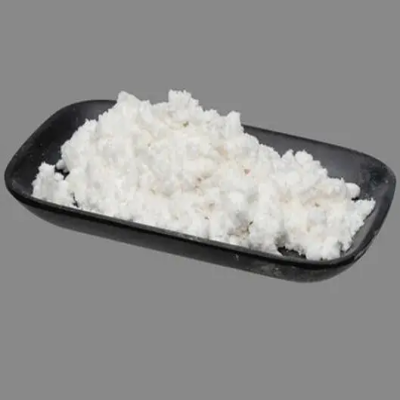
Trt-Gly-OH CAS:5893-05-0
Trt-Gly-OH is a derivative of glycine featuring a trityl (Trt) protecting group, commonly used in peptide synthesis and biochemical research. This compound provides unique properties for applications in drug development, proteomics, and the study of protein structure and function. With its tailored structure, Trt-Gly-OH offers researchers a versatile tool for creating customized peptides and investigating complex biological processes.
-

H-Gly-OBzl·Tos CAS:1738-76-7
H-Gly-OBzl·Tos is a derivative of glycine featuring a benzyl ester group and a tosyl (Tos) protecting group, commonly used in peptide synthesis and biochemical research. This compound offers unique properties for applications in drug development, proteomics, and the study of protein structure and function. With its tailored structure, H-Gly-OBzl·Tos provides researchers with a versatile tool for creating customized peptides and investigating complex biological processes.
-
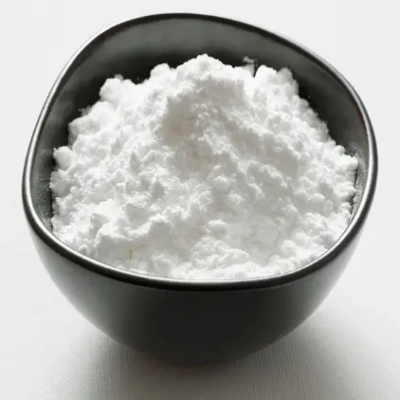
Bz-Glu-OH CAS:6094-36-6
Bz-Glu-OH is a derivative of glutamic acid, featuring a benzyl ester group, commonly used in peptide synthesis and biochemical research. This compound offers unique properties for applications in drug development, proteomics, and the study of protein structure and function. With its tailored structure, Bz-Glu-OH provides researchers with a versatile tool for creating customized peptides and investigating complex biological processes.
-
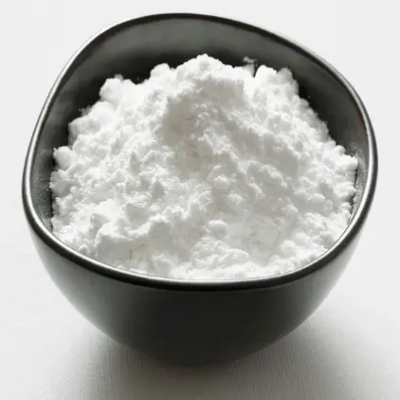
H-D-Glu-(OMe)-OMe·HCL CAS:27025-25-8
H-D-Glu-(OMe)-OMe·HCl is a modified form of D-glutamic acid designed for applications in peptide synthesis and biochemical research. This derivative, available in the hydrochloride form, features methyl ester groups, providing unique properties for studies in drug development, proteomics, and protein structure and function analysis. With its tailored structure, H-D-Glu-(OMe)-OMe·HCl offers researchers a versatile tool for creating peptides with specific characteristics and investigating complex biological processes.

